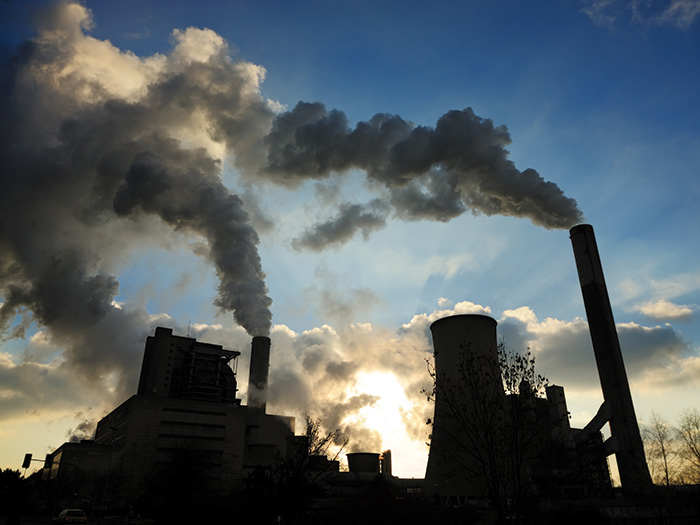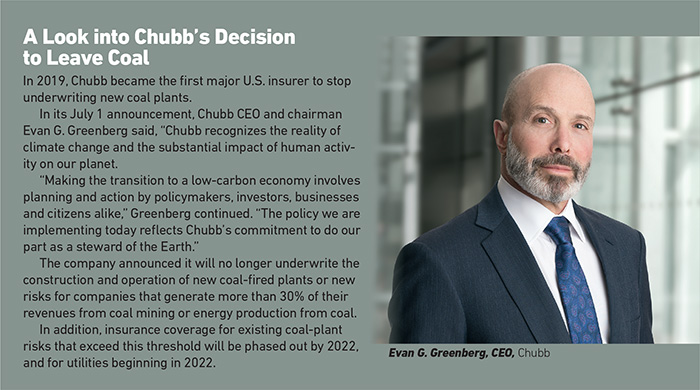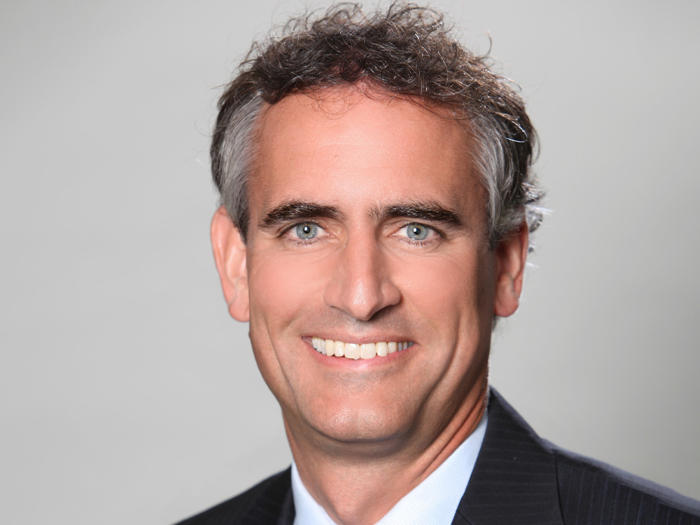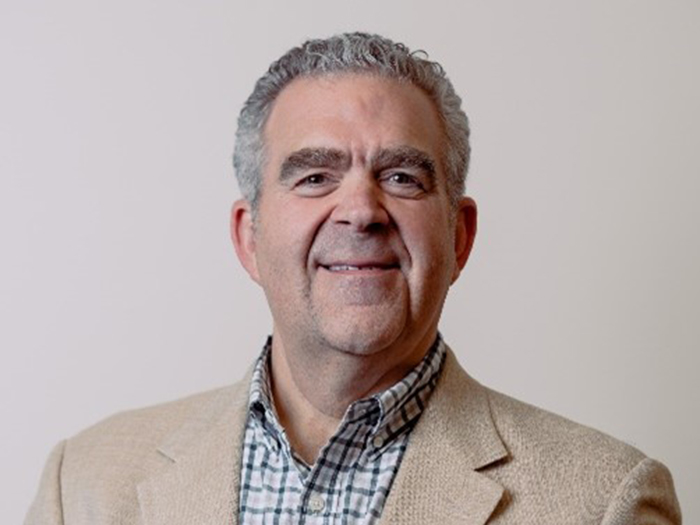Love It or Hate It: Coal Still Needs Commercial Insurance Coverage

In January, the German government detailed a $44.5 billion plan to end coal-fired power generation in the country by 2038. The initiative is the latest in a worldwide shift away from the high-emissions fuel that is as much politics and economics as it is climate science.
Underwriters are under pressure to quit coal as well, and several have or are already doing so.
Willis Towers Watson (WTW), Zurich, SCOR and AXA, announced in 2017 they would limit their insurance of coal mining and generation. In 2018, they were joined by Allianz, Swiss Re, Munich Re and Generali. When AXA acquired XL, the latter adopted its new parent’s program.
It is important to put these trends into a global context. While coal-fired power generation is waning in North America and Europe, it is rising worldwide. China, India and other developing countries are spending billions to build many new generating stations. “Underwriters clearly don’t want to be viewed as trying to support coal, but there are clients,” said Michael Perron, property placement leader for energy and engineered risk at WTW.
“Some will not write new business but continue to cover existing clients. Some are not writing any clients with greater than a certain threshold of coal-fired power in their fleet. Some have said they are getting out entirely by a certain date to allow time to unwind,” said Perron.
It also bears mentioning that the plans by insurers to reduce coal exposure have their own complications.
“If you look at underwriters that participate in power and utility, there has been an increase in loss traffic across the generating sector,” said Rob Logan, senior vice president at McGriff, Seibels & Williams.
“What makes coal stand out is the value associated with a coal-fired power plant. A loss is much more likely to exceed the deductible. When that is coupled with the frequency of losses, and also the social-responsibility aspect [that has come to the fore in the last few years,] the appetite for underwriting has diminished.”
Terms and conditions have also become tighter. “Underwriters are looking for a way to get back to a viable risk transfer that is sustainable,” said Logan.
Consequences for Leaving Coal Behind
As is often the case with changes to established economic patterns, there are unintended consequences. The social and business pressure on coal mining and burning, and on the segments such as insurance that support those businesses, are having an effect. They are also causing a shift in risk transfer, Logan cautioned.
“Deductible appetites are on the rise,” he said.
“We used to see $1 million to about $2.5 million. Now deductibles are pushing closer to $5 million. If more underwriters leave the sector, it will be difficult for brokers to put full risk transfer on the table. That means the risk will be borne more by the utilities’ rate payers.”
To be sure, carriers are not canceling in-force coverage. They are merely declining to renew.
“For a recent renewal, we lost 25% of our capacity from the previous year,” Logan said. “Some carriers got out entirely, others just reduced their exposure.”
Insureds also vary greatly in this segment: There are standalone coal-fired plants. There are public- and investor-owned utilities with varying percentages of coal generating in their fleets.
“Everyone on the front line has the sentiment that these edicts [to shun coal] are coming down from the ivory tower,” Logan said.
“So much of the capacity in this sector is European-based, especially Swiss, and they are leading the charge. They have jumped head-first into social responsibility and made promises to their shareholders and constituencies.”
Still, U.S. coal-fired generating facilities remain and need to be insured, especially against property damage.

A WTW report noted, “the exodus of many international insurers from the market for coal risks complicates securing property coverage, particularly when insured individually rather than as part of a portfolio shared with non-coal assets.”
The report continued, “FM Global, Aegis and American International Group (AIG) continue to insure these risks, though AIG is reducing its capacity for many business classes, not just coal generation. Munich Re continues to renew [its] existing clients business, at least for now.”
WTW further added, “Bucking the trend, other insurers — HDI, Liberty International, Aspen, and Berkshire Hathaway — offer modest capacity to complete programs, albeit often on their terms. Ultimately, while sufficient capacity remains to insure standalone coal clients, those clients have less leverage with the insurance marketplace, given the limited choices available.”
As Insurers Leave, Will Others Enter?
There might seem to be an opportunity there, but “we are not seeing others rushing in to fill capacity that has left the market,” said Logan at McGriff, who is also a 2020 Traditional Energy Power Broker® winner.
“There just is not a flood of replacement, even at improved terms and conditions as well as higher rates. I am surprised by that. All these carriers have been partners with generators for years. They rode the market down, and now when they have an opportunity to recover some premium, they are exiting.”
If you have a $2 billion plant with a $500 million policy limit, is there a threshold of loss that the decision would be made not to repair but to decommission? And some utilities are stripping out depreciation, so there is less value to rate against. Underwriters are sensitive.” — Rob Logan, McGriff, Seibels & Williams
Perron said he has seen some new capacity coming into the segment.
“There are some markets that had previously been priced out now coming in opportunistically.
That said, those may have reinsurers looking over their shoulders, so they may be willing to write, but it will cost more. Also, most of those that have been public about reducing their exposure to coal in North America and Europe continue to write in other regions.”
He also noted that the mutuals have taken up some slack.
“The existing mutuals are handling the capacity so far, but they are starting to reach their limits as well,” he said.
The mutuals are indeed stepping up.
“They are doing what they are designed to do, which is to provide capacity for specific industries. Kudos to them,” Logan said.
He noted that most generators already have captives.
“The better question is how do we efficiently, practically and correctly insure these facilities? We are urging our clients to have conversations with their operations people about the commercial outlook for their facilities.”
It is not as simple as when drivers drop coverage on older cars to the legal minimum liability, but a similar approach.
“If you have a $2 billion plant with a $500 million policy limit, is there a threshold of loss that the decision would be made not to repair but to decommission? And some utilities are stripping out depreciation, so there is less value to rate against. Underwriters are sensitive,” Logan said.
Logan advocates policy provisions that would allow full replacement cost to be applied elsewhere, including into other forms of generating.
In many cases, full payment will only be made to replace existing operations.
Just as insurers are taking different approaches, so are generators.
Some are closing older plants entirely or converting them to gas-fired combined-cycle combustion.
Some are keeping their coal plants operating but shifting them to base-load power rather than peak-load. That enables them to run more consistently and efficiently rather than coming on- and offline.
There’s More Than Just Coal
Perron at WTW is concerned that a narrow focus on just one fuel misses the broader objective of protecting the environment.
“The focus should be on the dirtiest fuels and facilities. The newest and cleanest coal plants are in the same range as some older facilities using different fuels,” he said.
“And biomass or waste-to-energy are the same type of combustion as coal but still get the ‘renewable’ label.”
The situation is even more stark in developing countries, especially China and India, where vastly new coal-fired plants are replacing smaller, older units.
That power also replaces burning wood, charcoal or even trash for light, heat and cooking. &











